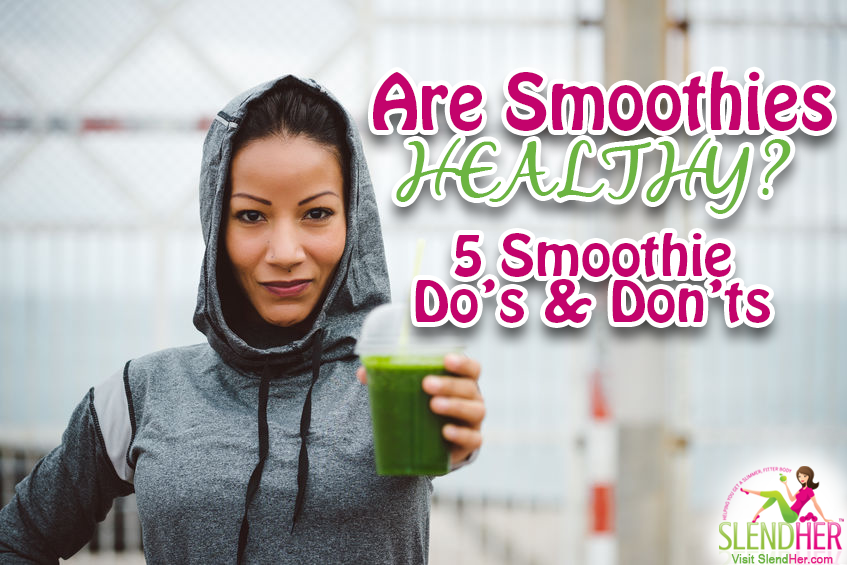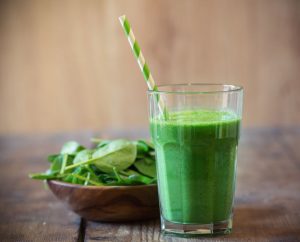
Smoothies are a great way to pack in all kinds of healthy whole foods in a quick and easy way. These blended concoctions are perfect for mixing fresh fruit and vegetables, good fats, and a power boost of protein–all fuel your body needs to perform at its best whether you’re working out or just working. Even better, no cooking is required, very little prep work is needed, and if you’re in a rush, smoothies are portable, making sure you never have to miss a meal or face hunger head on. But for as great as smoothies can be, they can cause you to pack on pounds instead of burn fat if you’re not careful.

The Bumpy Road of Smoothies: 5 Ways to Make Smoothies Better for You
Before you swear off smoothies for fear they’re causing you to add unwanted fat, use the following tips to make sure your super sipper is the best blend for you.
- So Not Smooth: Sugar
Even if you’re not dumping in spoonfuls of pure white sugar, ingredients such as fruit juice, sweetened or flavored yogurt, sweeteners (think honey and maple syrup), and even some flavored milks can deliver sugars of their own. Added sugar can equate to added calories, which can stand as an obstacle between you and your fat loss goals. Always read the ingredient and nutrition labels of the foods you are blending into your smoothie. - So Not Smooth: Portions
On a plate, it’s easy to see and control how many vegetables, proteins, and carbs you’re allowing in a meal. But that’s not always so when making up a smoothie. To avoid your smoothie from turning into a diner-style milkshake, consider measuring and weighing your ingredients before adding them to a blender. Also, use a portioned container from which to drink your smoothie. If you make more than what can fit, save the extra in the fridge or freezer to consumer later. - So Not Smooth: No Veggies
According to United States Department of Agriculture (USDA) daily dietary guidelines of vegetables for adults is 2 to 2.5 cups (varying slightly by age). But when it comes to fruit, an adult female only needs 1.5 to 2 cups. With so many veggie servings needed in a day, it’s best to fit them in wherever possible–and smoothies are the perfect place, especially if you’re not a big fan of veggies. When blending in fruits, nut butters, yogurts, or protein powders, add a handful of spinach or other favorite leafy green. The hue of your smoothie may change, but the taste will still satisfy that sweet tooth. - So Not Smooth: Your Only Healthy Moment
Just because your smoothie may be chock full of healthy vitamins, minerals, and macros your body needs, doesn’t mean you can slack on making smart choices the rest of the day. A smoothie, no matter how good for you, doesn’t equate to a balanced diet if you fill the rest of your day with junk food or skipping meals. Smoothies should complement healthy eating, not replace it. - So Not Smooth: Drinking Your Calories
A big benefit to smoothies is the ability to take a healthy snack or meal on the go, but because you’re drinking your food instead of eating it, you may not feel as satiated. While drinking your fruits and vegetables is a far better option than not ingesting them at all, the process of chewing your food takes time, which can help you feel full on less food. Also, there are studies that show blending fruits and vegetable may lower your fiber intake versus when your eat your vegetables. For a better balance, try reducing the size of your smoothie and pairing it up with an apple or few stalks of celery (both easily portable) to eat.
It doesn’t take much to keep your smoothies in check. With the recommended smart choices covered, you can up your smoothie game without disrupting your fat loss goals.
What is your favorite ingredient for making your smoothie healthier? Share with others in the comments.

Leave a Reply